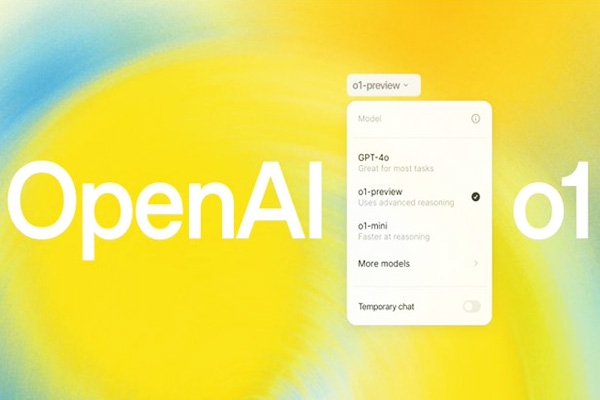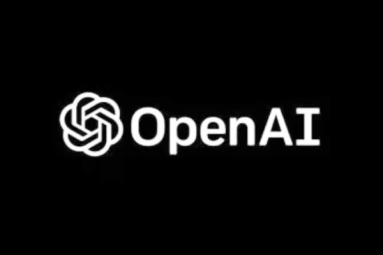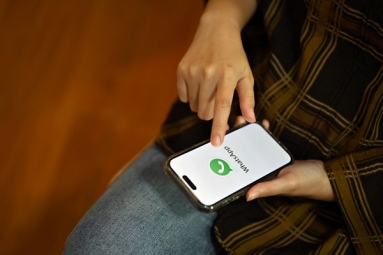
Remember that the OpenAI Strawberry project is now officially called OpenAI o1. On September 12, the company fully unveiled its new AI model that thinks before it reacts. According to OpenAI, the model can reason about complex tasks and solve more difficult problems than previous models in science, coding and mathematics. This is the first part of a series for ChatGPT, but OpenAI plans to add regular updates and improvements. But all of this comes at a high price. The o1 OpenAI model has made great progress. The company says this model is a step forward toward human-like artificial intelligence. We also saw visible improvements in key areas, including code generation and handling complex multi-stage challenges better than previous versions. OpenAI said in a press release that it has trained these models to spend more time thinking about a problem before reacting, just like humans. Through the training, I learned to refine my thought process, try different strategies and recognize my mistakes. It is also said that this model is good at math and coding. In fact, in future updates, OpenAI o1 will perform as well as a graduate student on rigorous benchmark tasks in physics, chemistry, and biology.
OpenAI has confirmed that the new o1 model lacks some features of the ChatGPT 4o model. In an early model, there was no way to search for information on the Internet or upload files or images. This means that you can currently only receive text messages. If you think you should just click on the image, upload it here and your problem will be solved. You are ahead of your time. In other words, the OpenAI o1 version is only suitable for solving complex mathematical problems and other academic problems that require reasoning. But that's not the whole story. Sam Altman, CEO of OpenAI, posted on X that o1 is not perfect, has flaws, and still has limitations. But why did he call the new model “defective”? We also shared diagrams showing how the new OpenAI o1 performs in solving PHD-level reasoning tasks such as math, code, and science questions. It's also much slower than the current model. OpenAI is designed to “think before responding,” so we believe solving a problem takes a reasonable amount of time. The company also states that GPT-4o will be more powerful in many common cases in the near future.
The company has found that the o1 series excels at accurately generating and debugging complex codes. To provide a more efficient solution for developers, OpenAI has released OpenAI o1-mini, a fast and low-cost reasoning model that is particularly useful for coding. The compact o1-mini is 80 percent cheaper than the o1-preview, making it a powerful and cost-effective model for applications that require precision but do not provide comprehensive global knowledge. ChatGPT Plus and Group users can access o1 models on ChatGPT starting today. Both o1-preview and o1-mini can be manually selected in the model selector, and at launch the weekly payment limit is 30 messages for the o1-preview and 50 messages for the o1-mini. The company is working to increase these metrics and allow ChatGPT to automatically select the right model for a given request. While OpenAI plans to make o1-mini available to all free ChatGPT users, OpenAI o1 is available at a higher price. In the API, o1-preview costs $15 for 1 million input tokens and $60 for 1 million output tokens. In comparison, GPT 4o costs $5 for 1 million input tokens and $2.50 for 1 million input tokens. In India, GPT 4o entry tokens cost around 1 million rupees. 420, users will have to pay Rs 1260 to access OpenAI o1. A ChatGPT Plus subscription costs $20 per month, which is around Rs 1,650 per month in India.







